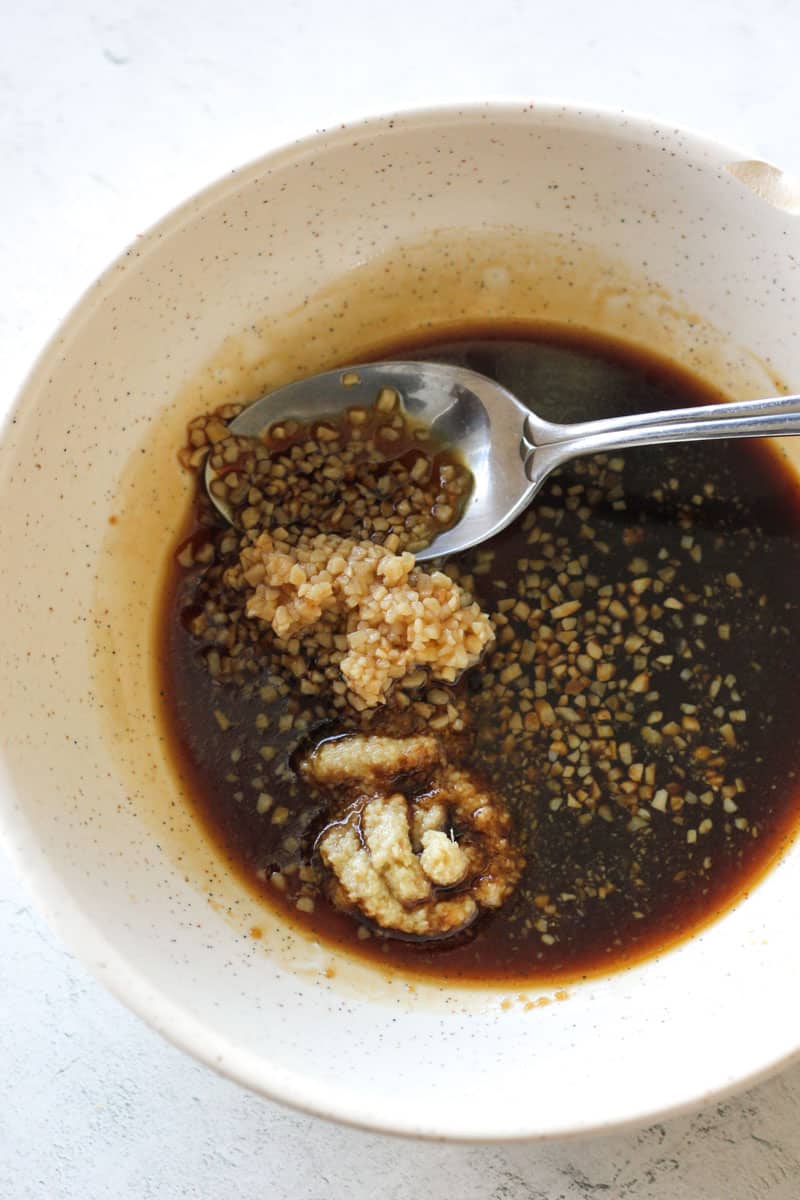Introduction to Chicken Yakitori
Chicken Yakitori, a beloved dish originating from Japan, is a culinary experience centered around the exquisite combination of marinated chicken skewers, grilled to perfection, and then brushed with a subtly sweet and savory glaze. It’s far more than just grilled chicken; it’s a testament to Japanese grilling traditions and a deeply satisfying exploration of flavor. At its heart, Yakitori (literally translated as ‘grilled bird’) emphasizes the quality of the ingredients, particularly the chicken, and the skill of the chef in achieving that beautiful char and a luscious, intensely flavorful exterior. Traditionally, Yakitori was enjoyed as a casual, street food-style offering, often found at small, local eateries – izakayas – where it served as a perfect accompaniment to drinks and conversation.
However, the modern interpretation of Yakitori has expanded considerably, offering a dazzling array of variations. While the classic momo (chicken thigh) skewers remain a cornerstone, you’ll also encounter tsukune (chicken meatballs), negima (chicken and scallion skewers), and even komajiro (chicken and yam skewers). The key to exceptional Yakitori lies in the marinade, typically a blend of soy sauce, mirin (a sweet rice wine), sake (rice wine), and sugar. The careful balance of these elements creates a base that deeply penetrates the chicken, transforming it from a simple protein source into a complex, layered flavor profile. The grilling process itself is equally crucial, relying on high heat to quickly sear the exterior, building a delightful crust while keeping the interior remarkably juicy. Beyond the technical aspects, Yakitori represents a mindful eating experience—a moment to appreciate the textures, aromas, and tastes of a truly remarkable dish. The subtle smokiness imparted by the grilling process, combined with the glossy glaze, creates a sensory symphony that has captivated palates for generations. It’s a dish that celebrates simplicity and quality, making it a consistent favorite among food enthusiasts worldwide. Don’t simply view it as ‘chicken on a stick’; instead, consider it a cherished Japanese culinary tradition—a delicious journey for the taste buds.
Ingredients for the Marinade and Sauce
Let’s dive into the delicious ingredients that create the vibrant and flavorful marinade and sauce for your air-fried chicken yakitori. This isn’t just a simple sauce; it’s a carefully balanced blend of sweet, savory, and subtly spicy notes, designed to deeply penetrate and infuse every bite of the chicken. The key to a truly exceptional yakitori lies in the quality and freshness of the ingredients, so let’s break down exactly what you’ll need. fresh ginger, known for its pungent aroma and warmth, forms the base of the marinade. We’re using about a 1-inch piece, peeled and finely grated – the finer the grate, the better the absorption! Then, there’s the garlic, typically 3-4 cloves, also grated. Garlic adds that crucial element of sharpness and depth, complementing the ginger beautifully. soy sauce is your core savory component; a good quality, naturally brewed soy sauce is vital. We’re using about ¼ cup, which provides the salty umami backbone. mirin, a sweet Japanese rice wine, contributes a delicate sweetness and gloss to the finished product. Approximately ¼ cup will do the trick. Adding a touch of sugar – about ½ tablespoon – balances the savory elements and enhances the caramelization during cooking. sake, a dry rice wine, adds another layer of complexity and a subtle fermented flavor, approximately 2 tablespoons. Finally, about ¼ cup of water ensures the sauce isn’t too thick and allows for easy absorption. Don’t underestimate the power of a little water! This combination creates a wonderfully nuanced sauce that is not overwhelmingly sweet or salty, but perfectly balanced for incredible flavor. Consider this sauce your secret weapon for amazing yakitori – it’s far more than just a dipping sauce, truly! Remember, quality ingredients make all the difference, so choose wisely and enjoy the process of creating this flavorful masterpiece! You can easily find these ingredients at most Asian grocery stores or, of course, online retailers like Amazon. Shopping for soy sauce is a key part of the whole experience!
Instructions for Preparing the Chicken
Let’s embark on the delicious journey of transforming humble chicken thighs into incredible air-fried yakitori! The first step is all about preparing the chicken to absorb that phenomenal marinade – a blend of sweet, savory, and umami notes that’ll elevate every bite. You’ll need about two pounds of chicken thighs, ideally skin-on for maximum flavor and crispness when air-fried. It’s best to cut them into roughly 1-inch pieces; this ensures consistent cooking and a nice, uniform size. As you’re cutting, take a moment to consider the muscle structure of the thighs. Thighs are tougher than breasts, so slightly larger pieces will yield a more tender result – this is where the extended cooking time in the air fryer comes into play.
Now, let’s get to the marinade. You’ll start by grating about 15-20 cloves of garlic – don’t be shy! The garlic is a cornerstone of the yakitori flavor profile, contributing pungent and aromatic notes that marry beautifully with the other ingredients. Alongside the garlic, grate approximately half a cup of fresh ginger – the zingy freshness of the ginger cuts through the richness of the chicken and adds a vital layer of complexity.
Next, it’s time to assemble the marinade itself. You’ll combine your freshly grated garlic and ginger with ¼ cup of high-quality soy sauce – I recommend a good Japanese soy sauce for the authentic experience – ¼ cup of mirin, a sweet rice wine that adds a delicate sweetness and gloss to the final product, and ½ tablespoon of sugar. The sugar helps balance the saltiness of the soy sauce and caramelizes beautifully during the air-frying process. Now, for the finishing touches: add 2 tablespoons of sake, a traditional Japanese rice wine, and ¼ cup of water. Sake contributes subtle fruity notes and helps thin the marinade slightly, ensuring it coats the chicken thoroughly.
Once all the ingredients are combined in a bowl, gently toss the chicken pieces until they’re completely submerged in the marinade. Cover the bowl tightly with plastic wrap or a lid, and refrigerate for at least 30 minutes, but ideally for 1-2 hours – longer marinating times (up to 4 hours) will allow the flavors to penetrate even deeper into the chicken. Don’t just leave it on the counter; the cold temperature helps maintain the marinade’s effectiveness. During this time, the chicken will start to absorb the delicious marinade, transforming into the foundation of a truly outstanding dish. This resting period is crucial; it’s not just about flavor, but also about tenderizing the chicken a little bit. After the marinating period, it’s ready to be threaded onto your soaked bamboo skewers, ready for the air fryer transformation!
Air Fryer Cooking Instructions
Okay, let’s get to the juicy part – cooking the chicken yakitori in the air fryer! This method delivers incredibly tender and flavorful chicken, thanks to the rapid air circulation. First, preheat your air fryer to 400°F (200°C). Once the preheating is complete, carefully place the prepared skewers – each with the marinated chicken and green onions – into the air fryer basket. It’s important not to overcrowd the basket; you may need to cook the skewers in batches to ensure even cooking. Maintain this temperature of 400°F (200°C) for approximately 8-12 minutes, flipping the skewers halfway through the cooking time. Monitoring the internal temperature of the chicken is key to perfectly cooked yakitori. Use a meat thermometer inserted into the thickest part of the chicken thigh – you’re aiming for an internal temperature of 165°F (74°C). This ensures the chicken is thoroughly cooked and safe to eat, while still remaining incredibly juicy. Pay close attention during the last few minutes of cooking, as the exterior can quickly become overly browned. If you notice this happening, reduce the air fryer temperature slightly, or briefly pause the cooking process and continue when the exterior is appropriately browned. The total cooking time will vary slightly depending on the thickness of your chicken thighs and your specific air fryer model, so it’s always best to err on the side of slightly undercooking and then allowing the chicken to rest for a few minutes before serving. Once the internal temperature reaches 165°F (74°C), remove the skewers from the air fryer. Let them rest for 2-3 minutes before serving – this resting period allows the juices to redistribute throughout the chicken, resulting in an even more succulent and flavorful bite. For a beautifully browned exterior, you can briefly broil the cooked skewers on a baking sheet for approximately 1-2 minutes, watching carefully to prevent burning. This final touch adds a fantastic visual appeal to your air fryer chicken yakitori. The air fryer truly excels at creating crispy edges and maintaining the tenderness of the chicken, making it a fantastic choice for this delicious recipe. To ensure the skewers remain upright in the air fryer basket, you can lightly spray the skewers with cooking spray prior to adding the marinated chicken. This reduces sticking and allows the chicken to cook evenly without falling off the skewer. Don’t be afraid to experiment with different cooking times depending on your preference for doneness – just always prioritize food safety and check the internal temperature. With a little practice, you’ll become an air fryer yakitori master! The rapid air circulation provides superior heat distribution compared to a traditional oven, resulting in consistently cooked and delicious chicken.
Oven Instructions (Alternative)
If you prefer to bake your Air Fryer Chicken Yakitori, the process is equally delightful and offers a slightly different textural experience. Preheat your oven to 400°F (200°C). Line a baking sheet with parchment paper – this is crucial to prevent sticking and makes for easy cleanup, much like using parchment in the air fryer. Place the prepared chicken skewers on the baking sheet, ensuring they aren’t overcrowded; give each skewer ample space to ensure even cooking. A common mistake is stacking the skewers too closely, leading to unevenly cooked chicken. Drizzle the remaining marinade over the skewers, generously coating them – don’t be shy; this is where a significant portion of the flavor resides. Alternatively, if you prefer, you can brush them with a little bit of the cooking liquid from the pan. Now, slide the baking sheet into the preheated oven. The cooking time will be approximately 25-30 minutes, flipping the skewers halfway through to guarantee uniform browning and thorough cooking. Keep a close eye on them during the last 10 minutes – ovens vary, and you want to avoid overcooking, which can result in dry chicken. You’ll know they’re done when the internal temperature of the chicken reaches 165°F (74°C) using a meat thermometer inserted into the thickest part of the thigh. For an even richer flavor, you can baste the skewers with the pan juices during the last 5-7 minutes of cooking. Baking provides a slightly more gentle heat, resulting in a succulent and juicy chicken. The aroma filling your kitchen as the skewers bake is simply irresistible – a testament to the simple yet satisfying nature of this recipe. To ensure perfect caramelization, you can broil them for the last 2-3 minutes, watching carefully to prevent burning. The overall cooking time is about 30-35 minutes. To amplify the flavor, consider adding a sprig of rosemary or thyme to the baking sheet during the last 10 minutes of cooking. These herbs will infuse the chicken with a fragrant and earthy essence. For the truly dedicated foodie, a light sprinkle of smoked paprika during the last 5 minutes will add a subtle smokiness that complements the marinade beautifully. Remember that baking is a slower process, so patience is key. A perfectly baked Chicken Yakitori is a rewarding culinary achievement. flavorfulchicken ovencooking bbqflavor healthyrecipe easydinner yakitori dinnerideas
Serving Suggestions and Garnishes
To truly elevate your air fryer chicken yakitori to a feast for the senses, consider the finishing touches – the serving suggestions and garnishes that transform a delicious meal into a memorable experience. There are numerous ways to present and enhance this dish, catering to both visual appeal and taste preferences.
Garnishes for an Authentic Presentation:
- Toasted Sesame Seeds: A generous sprinkle of toasted white or black sesame seeds is practically synonymous with Japanese cuisine. Toasting the sesame seeds in a dry pan for just a minute before sprinkling adds a nutty aroma and intensified flavor. Use them liberally – they’re a visual and gustatory highlight. Sesame Seeds
- Thinly Sliced Green Onions: Beyond just incorporating them into the skewers, adding extra sliced green onions as a garnish provides a fresh, vibrant burst of flavor and color. You can arrange them artfully around the plate or tuck them into the chicken. Green Onions
- Microgreens: For a contemporary touch and added nutritional value, scatter a few microgreens – radish, pea shoots, or cilantro – across the plate. These tiny greens offer a delicate, peppery flavor and a beautiful textural contrast. Microgreens
- Yuzu Kosho: (Optional, for adventurous palates) A tiny dollop of yuzu kosho (a fermented chili paste with yuzu zest) adds a complex, citrusy heat that’s incredibly addictive. Use sparingly as it’s quite potent. Yuzu Kosho
Serving Suggestions for a Balanced Plate:
- Rice as the Foundation: Chicken yakitori is best served with a bowl of fluffy white rice – jasmine rice is particularly fragrant and well-suited. Ensure the rice is prepared simply, perhaps with a little soy sauce and sesame oil, to avoid overwhelming the yakitori’s flavor. Rice
- Pickled Vegetables: A small side of pickled vegetables – daikon radish, cucumber, or ginger – offers a refreshing, tangy counterpoint to the richness of the chicken. Their acidity helps cut through the fat and cleanse the palate. Pickled Vegetables
- Nori Seaweed Sheets: Crumbled nori seaweed sheets add a subtle umami flavor and a beautiful textural element. They can be sprinkled over the chicken or served alongside for dipping. Nori Seaweed
- Soy Sauce Dipping Sauce: Provide a small dish of soy sauce for dipping, adding a touch of sweetness with a little honey or mirin if desired. Soy Sauce
By thoughtfully incorporating these serving suggestions and garnishes, you’ll not only enhance the flavor of your air fryer chicken yakitori but also create a visually stunning presentation that’s worthy of a special occasion, or simply a delightful weeknight meal. Remember, presentation is half the battle! Don’t forget to serve with Rice!
Nutritional Information
Chicken Yakitori, when prepared with the ingredients listed, offers a satisfying and flavorful meal while providing a notable amount of protein and healthy fats. Let’s break down the approximate nutritional values per serving (based on 4 servings), providing a comprehensive understanding of what you’re consuming.
Approximate Nutritional Values per Serving:
- Calories: 452 kcal – This amount primarily comes from the chicken thigh (which is a good source of lean protein), alongside the fats present in the marinade and the sugar content, contributing to the overall caloric value.
- Carbohydrates: 16g – The carbohydrates primarily derive from the mirin and sugar used in the marinade. Mirin is a sweet rice wine, and the added sugar contributes to the total carbohydrate count. These carbs provide a quick energy source.
- Protein: 30g – Chicken thigh is a fantastic source of lean protein, essential for muscle building and repair, as well as contributing to feelings of fullness and satiety. This is a major benefit of this recipe.
- Fat: 28g – The fat content is largely due to the chicken skin (if it’s left on during cooking – recommended for flavor and texture) and the oils extracted from the ingredients in the marinade. These fats are primarily saturated fats, but also include unsaturated fats, beneficial for heart health.
- Saturated Fat: 8g – The amount of saturated fat is linked to the chicken skin and the fat content of the ingredients used in the marinade. Moderate consumption is important for overall health.
- Polyunsaturated Fat: 6g – These healthy fats help reduce inflammation and support cardiovascular function. They are mainly derived from the oil components of the ingredients.
- Monounsaturated Fat: 12g – This type of fat, found in the marinade, is beneficial for heart health and assists in absorbing fat-soluble vitamins.
- Trans Fat: 0.1g – Generally, this recipe is low in trans fat, primarily owing to the absence of processed oils.
- Cholesterol: 167mg – The cholesterol content comes from the chicken, a typical component of meat products. Keeping intake moderate is advised.
- Sodium: 1337mg – This is a relatively high sodium content, largely due to the soy sauce used in the marinade. Soy sauce is inherently high in sodium, a key flavoring ingredient. Be mindful if you’re watching your sodium intake.
- Potassium: 442mg – Potassium is a vital mineral found in chicken and contributes to maintaining healthy blood pressure levels.
- Fiber: 1g – Fiber is a component of the carbohydrates, primarily from the mirin.
- Sugar: 10g – The sugar content primarily comes from the mirin and the sugar added to the marinade, giving it a characteristic sweet flavor. Note this contributes significantly to the carbohydrate count.
- Vitamin A: 282 IU – Chicken is a source of Vitamin A, essential for vision and immune function.
- Vitamin C: 4mg – Vitamin C is found in chicken, contributing to immune function and antioxidant protection.
- Calcium: 32mg – Chicken provides a small amount of calcium, important for bone health.
- Iron: 2mg – The iron content is present in chicken, a nutrient essential for oxygen transport in the blood.
Important Considerations:
- These values are approximate and can vary depending on the specific ingredients used and the exact cooking method. The measurements above are for the entire recipe, so they will be divided equally across the four servings.
- To reduce sodium, consider using low-sodium soy sauce or adjusting the amount used in the marinade.
- This recipe offers a balanced mix of protein, carbohydrates, and fats, making it a nutritious and satisfying meal choice. Remember to consume it as part of a varied and balanced diet for optimal health.
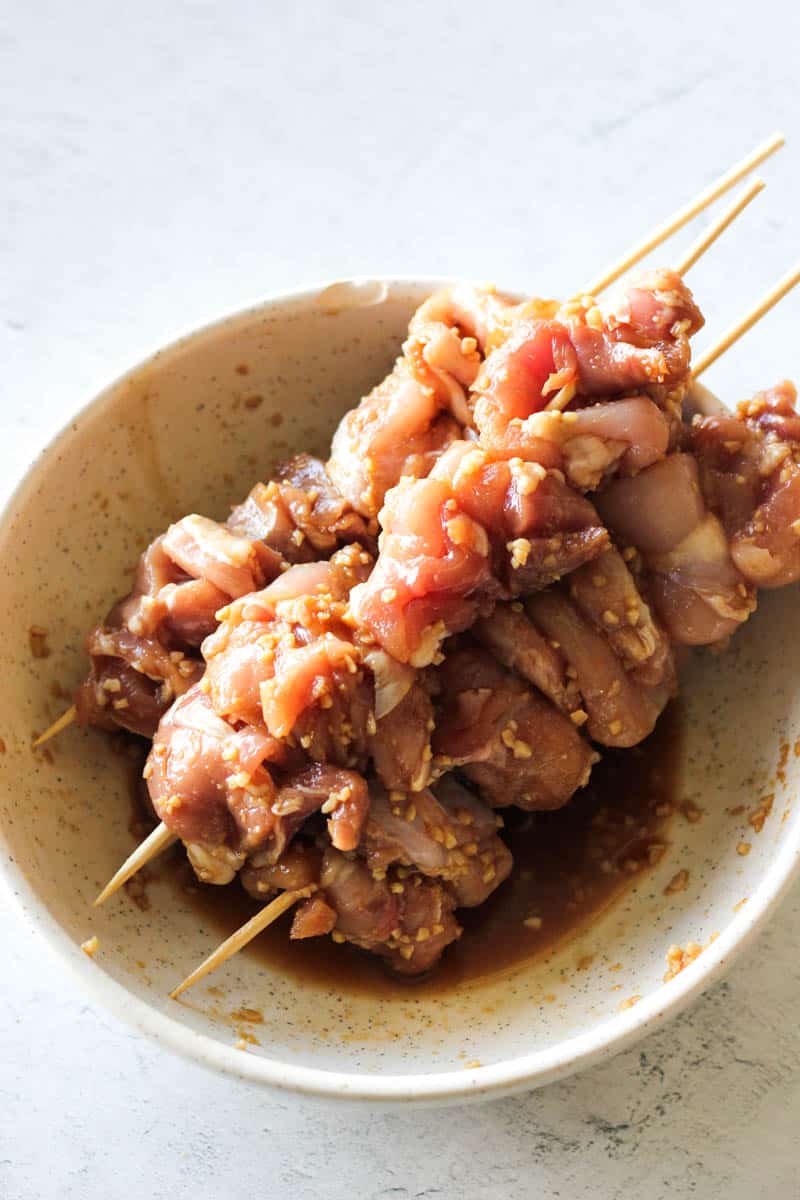 ,
,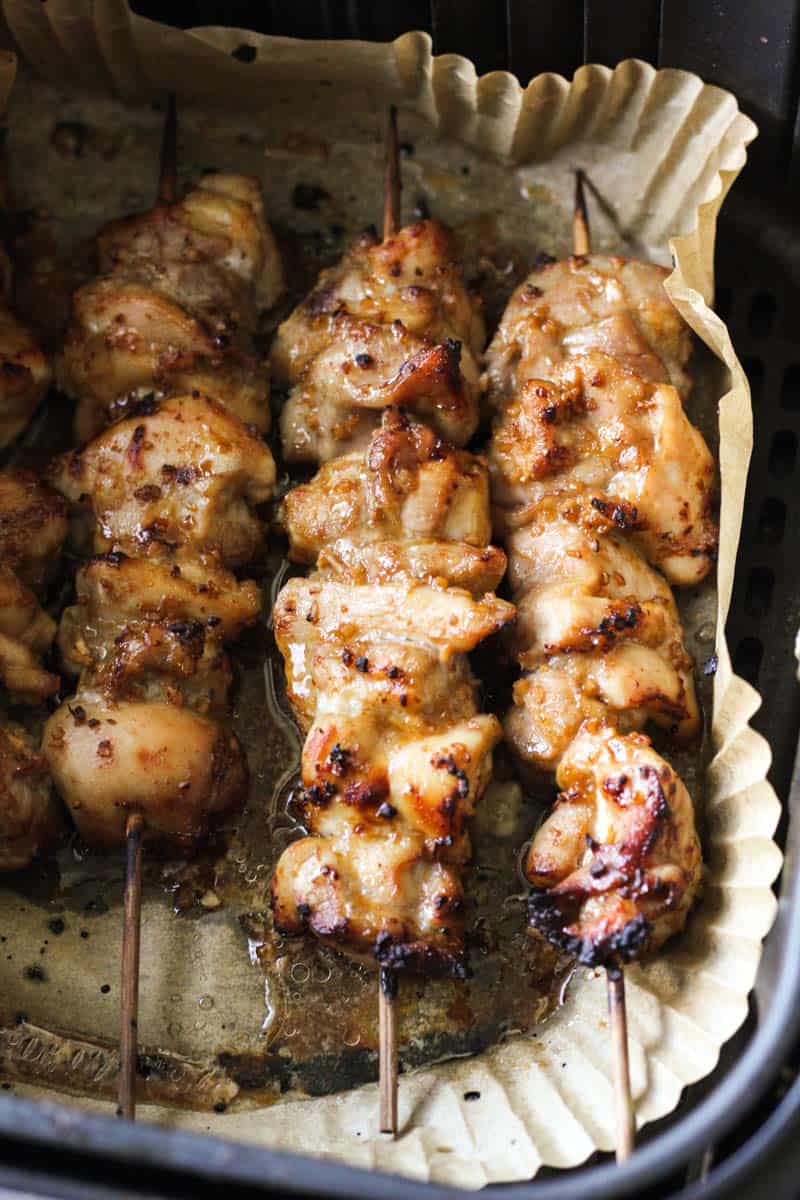 ,
,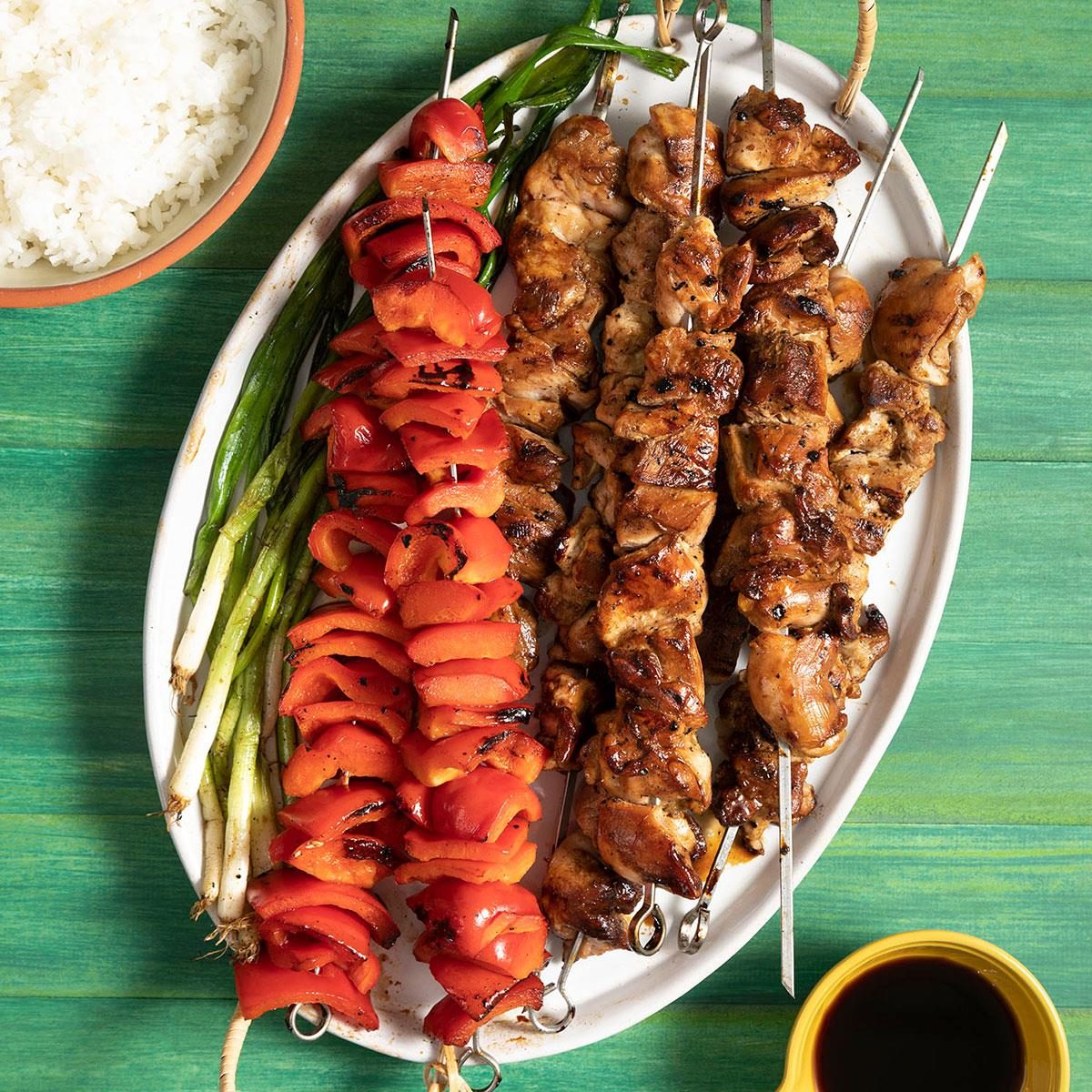 ,
,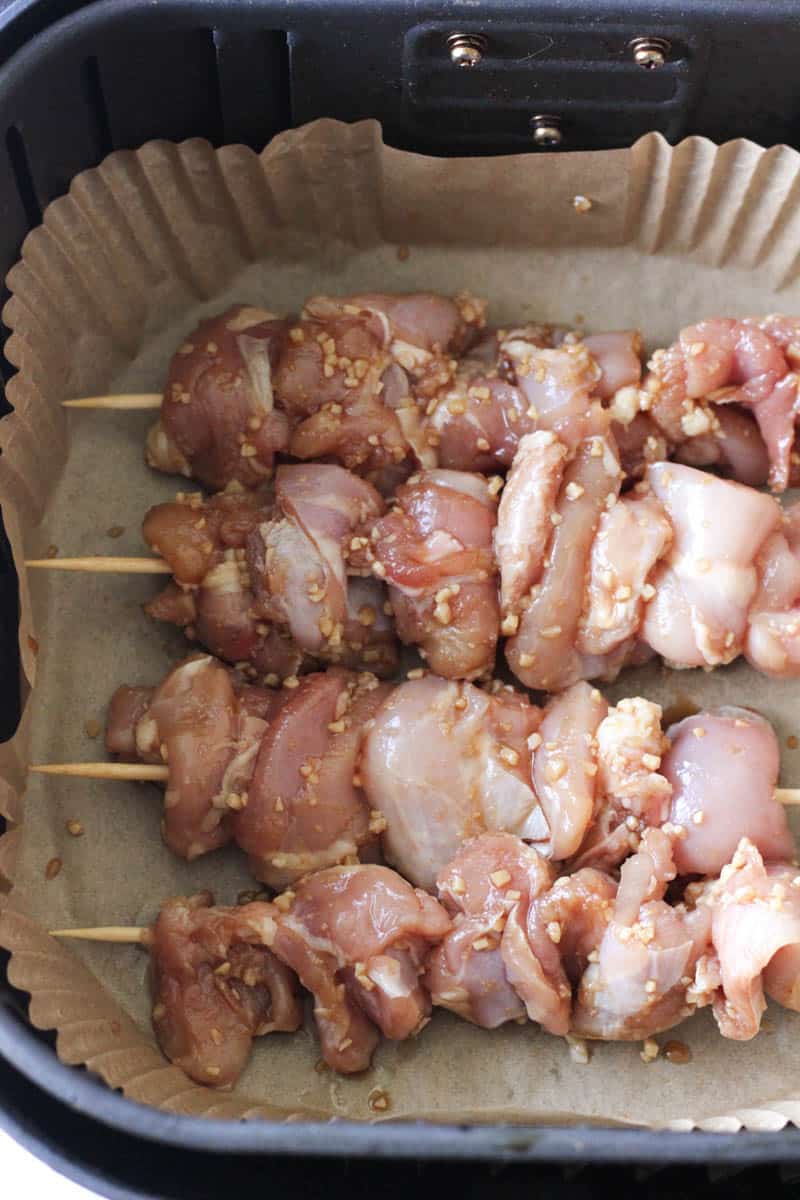 ,
,
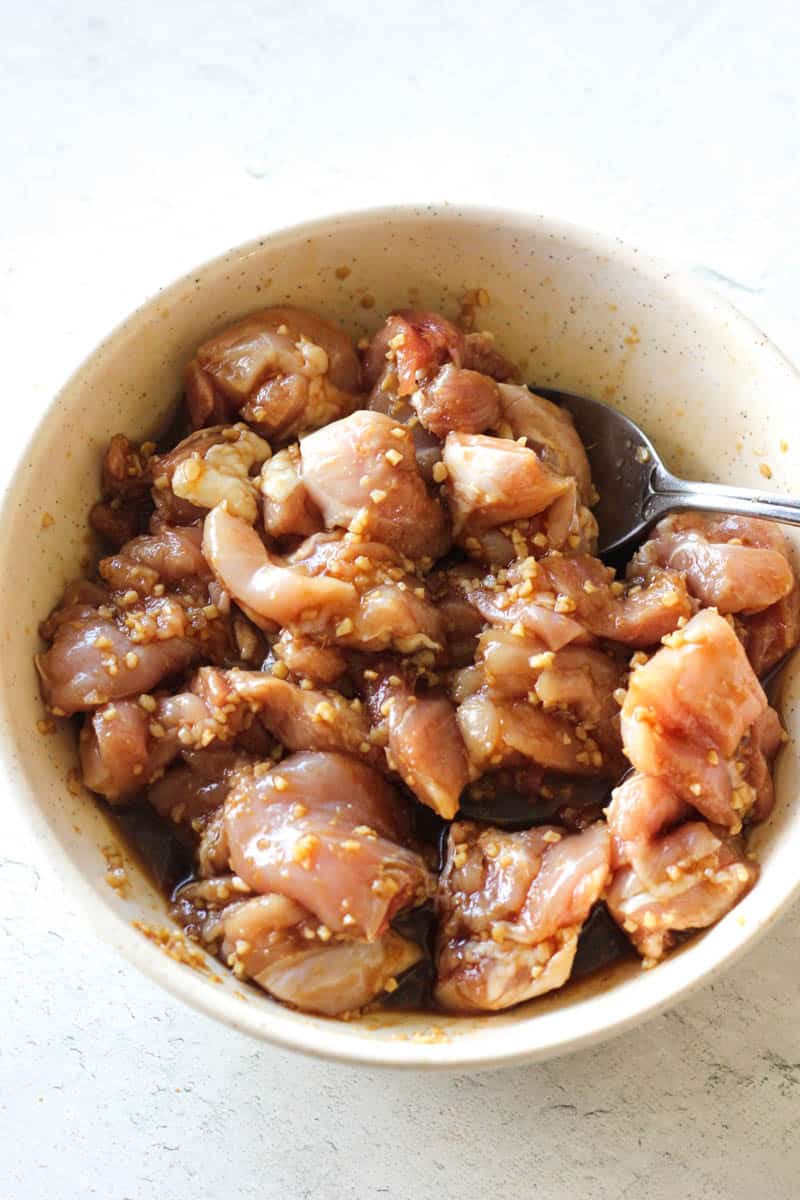 ,
,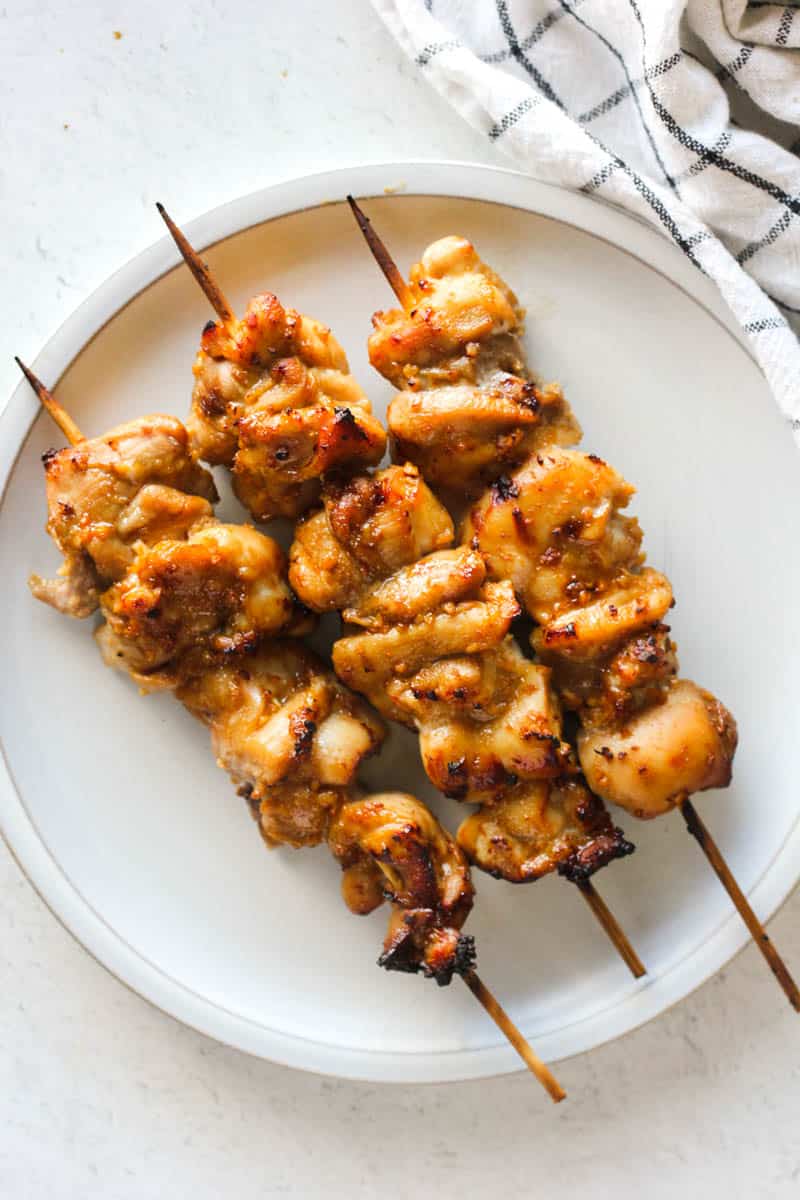 ,
,